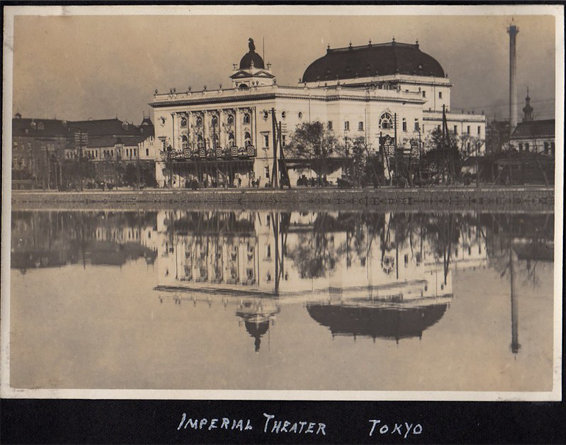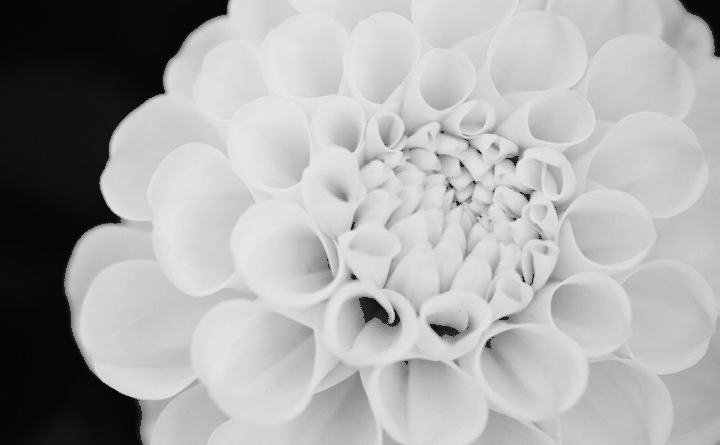Japanese companies are finally taking serious steps to apply diversity and inclusion in their business practices.
Promoting diversity has various meanings, including female leadership and hiring persons with disabilities, but I feel that many companies have not reached a full understanding of what it entails. I think that what is happening now is that the population in the country is sharply declining, consequently causing a decrease in the labor force and thus giving companies no choice but to consider diversity as a way to supplement their workforce. I suspect that this may be the real motive for many companies.

The essence of diversity and inclusion, however, is nothing less than creating a culture of innovation and ensuring competitiveness. Competent female professionals will not work for a company that discriminates against females, and competent foreigners will not choose a company that discriminates people by nationality. Diversification requires more transformation than we imagine, and “fairness” becomes a critically important keyword for future companies’ growth. Can we call Toyota a global company? Or is it a giant Japanese company? More importantly, which does it aim to be? These are also some questions every company would need to ask itself.
Company organization is a unified, organic entity, within which both harmony and contrast must exist; the same is said for art. Tamisuke Yokogawa, the founder of Yokogawa Electric Corporation, described this point in his book “Kaku no gotoku shinzu” as follows:
The most important thing is revealing the relationships between the elements that compose artistic beauty. Among these elements, there are ones that blend well with each other, and conversely, there are ones that resist and collide with each other. Beauty is created by using these elements of different nature and balancing them wisely. The following are the two conditions that define this relationship:
One, when elements share the same nature or feature, or embody a shared objective, such state is called harmony.
Two, when elements are opposed to each other, or are in disagreement, but are mutually needing and supplementing each other, this state is called contrast.
To compose beauty, harmony and contrast both need to be present.
Tamisuke Yokogawa, “Kaku no gotoku shinzu (I believe in it like this),” 2010, Chapter 3 Construction of beauty

Diversity means having abundant contrast. The key is making sure to maintain the state where each element is starkly different and opposite to each other but is also necessary and supplemental to each other. In Japan, we have long focused on achieving harmony based on homogeneity, but if we want to establish a strong presence in the global society, we must create a culture that respects individual differences and makes the best use of them.
In accommodating diversity, we should keep in mind that a same, core vision or value must be shared by all. Without a shared recognition, the diversity has no direction and will only create chaos. Only where opposing people could share the same ultimate goal or foundational value would it be possible for individuals to gather and yield not just the sum, [3+3+3 = 9], but the effect of “憤” (exponentiation through dynamic interactions), [3*3*3 = 27]. We should stop trying to defeat each other, and instead, transform a conflict into “aufheben” (to assimilate into a larger one) so that a whole new solution (i.e. not either A or B, but C) may be devised to take a step forward.

That said, it is also true that generating something creative through interactions of different individuals is a difficult concept for many Japanese right now. This idea of individualism originates in Europe, which was born amid the breakdown of the hierarchal structure in European society and strong resistance to homogeneity by each class. Since there has been no extreme hierarchy in Japanese history, and thus we came to this point in time without having experienced any social realization regarding the meaning of “individual,” Japan has only superficially taken up individualism and egalitarianism so far. The truth is, we have not completely digested the essence of these ideas yet. My point is not about arguing which culture is superior. The important thing is that the world is globalizing, and Japan needs to establish a clear vision to assert itself as part of this diversity. On a related note, the UK Stewardship Code has been revised last October, incorporating environmental, social and governance (ESG) aspects in its investment principles. Taking external pressures as an opportunity to drive internal changes is not ideal, but I am hoping that this will be another trigger to promote diversity in Japanese business culture.